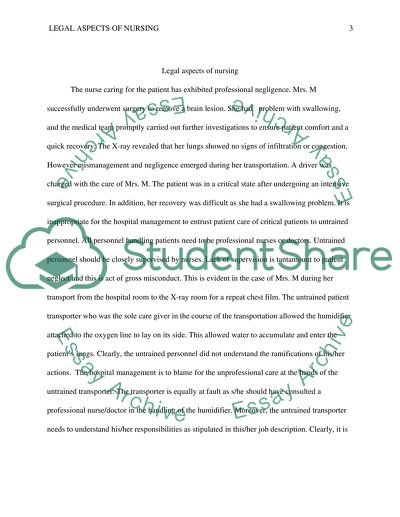Cite this document
(“Legal Aspects of Nursing Essay Example | Topics and Well Written Essays - 1750 words”, n.d.)
Legal Aspects of Nursing Essay Example | Topics and Well Written Essays - 1750 words. Retrieved from https://studentshare.org/nursing/1469164-legal-aspects-of-nursing
Legal Aspects of Nursing Essay Example | Topics and Well Written Essays - 1750 words. Retrieved from https://studentshare.org/nursing/1469164-legal-aspects-of-nursing
(Legal Aspects of Nursing Essay Example | Topics and Well Written Essays - 1750 Words)
Legal Aspects of Nursing Essay Example | Topics and Well Written Essays - 1750 Words. https://studentshare.org/nursing/1469164-legal-aspects-of-nursing.
Legal Aspects of Nursing Essay Example | Topics and Well Written Essays - 1750 Words. https://studentshare.org/nursing/1469164-legal-aspects-of-nursing.
“Legal Aspects of Nursing Essay Example | Topics and Well Written Essays - 1750 Words”, n.d. https://studentshare.org/nursing/1469164-legal-aspects-of-nursing.


